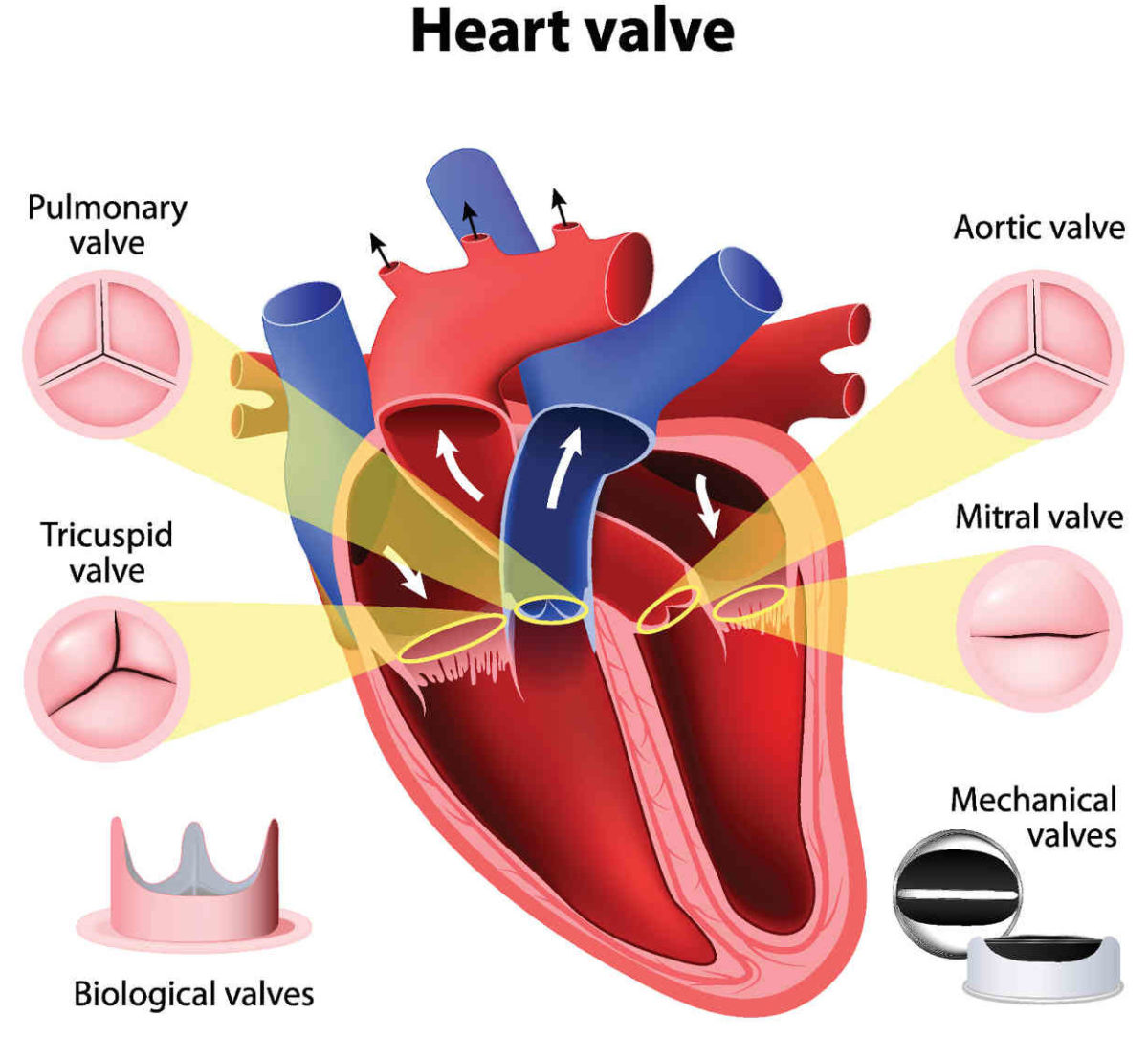
Please wait...

Please wait...
Dr. Peter Mikhail is an experienced thoracic and cardiac surgeon whose surgical expertise encompasses a wide scope of surgeries beyond mitral valve surgery. He also performs other minimally invasive surgeries, including TAVR (transcatheter aortic valve replacement). Patients suffering from severe aortic disease under go TAVR, which is sometimes referred to as TAVI.
What is Aortic Valve Disease?
Aortic valve disease is a condition in which the aortic valve no longer is working properly. The aortic valve is located between the left ventricle and the aorta. People can be born with this disease (congenital heart disease) or it can develop from other causes. Below are the two different types of aortic valve disease.
Aortic valve stenosis – With this condition, the aortic valve’s flaps (cusps) have thickened or become stiff and could possibly fuse together, which narrows the valve. Because of this, the valve’s opening is narrowed and blocks or reduces blood flow from the heart into the aorta and to the rest of the body.
Aortic valve regurgitation – This is when the aortic valve’s flaps no longer closes properly, which causes blood to flow back into the left ventricle.
Symptoms for Aortic Valve Disease:
Causes for Aortic Valve Disease:
What Are the Aortic Valve Treatment Options?
TAVR (Transcatheter Aortic Valve Replacement)
In this procedure, the doctor inserts a catheter in a leg or chest and guides it to the heart. A replacement valve is inserted through the catheter up to the heart. A balloon can be used to expand the valve, but some valves can expand on their own. The new valve pushes the leaflets of the disease value. After the valve is implanted, the doctor will remove the catheter from the blood vessel.
TAVR Approaches
The doctor will decide, based on a number of different factors, which TAVR approach is a good match for you.
Who is a Candidate for TAVR?
Good candidates for TAVR are people who have been diagnosed with severe aortic valve disease and are at an intermediate or high risk for open heart surgery. Most people who have this procedure are in their 70s or 80s, or have medical conditions that make this approach better for them.
Mini-AVR (Mini-Aortic Valve Replacement)
This procedure is minimally invasive. The surgeon performs a mini-sternotomy by making a 3 to 4-inch incision in the upper chest area, which will divide just the top portion of the breastbone to gain access to the heart. The surgeon will remove the diseased valve, measure for the new artificial valve, then lower the valve inside. The aorta is closed, and the heart is restarted. Mini-AVR surgery takes about 2 to 3 hours to perform.
Patients are left with a smaller scar, can expect less pain and a quicker recovery after surgery (3 to 4 weeks), spend less time on the heart-lung machine, experience less blood loss, and have a shorter hospital stay (3 to 5 days).
Who is a Candidate for Mini-AVR?
Most patients who need a new aortic valve are good candidates for this minimally invasive procedure. Good candidates for Mini-AVR are people who have been diagnosed with severe aortic valve disease and are at an intermediate or high risk for open heart surgery, or have medical conditions that make this approach better for them. The surgeon will decide based on the patient’s symptoms, condition, lifestyle, and medical history if Mini-AVR is the right procedure to replace the valve.
Mitral valve disease is when the mitral valve (the valve located between the left atrium and left ventricle heart chambers) no longer works properly.
Symptoms can vary depending on the severity and condition of the mitral valve disease. Fatigue, shortness of breath, and chest pain are common.
Minimally invasive heart surgery can treat mitral valve insufficiency, mitral stenosis, and mitral valve prolapse (MVP).
Minimally invasive heart mitral valve surgery avoids complete sternotomy (open-heart surgery).
Patients experience reduced trauma and pain in post-op. Symptoms will reduce and quality of life should improve.
At-home lifestyle changes, like eating a healthy diet and taking proper medications, can reduce symptoms and keep the heart healthy, but cannot fix the mitral valve.

Don’t put your life in just any surgeon’s hands. Trust in Dr. Mikhail and his proven success!